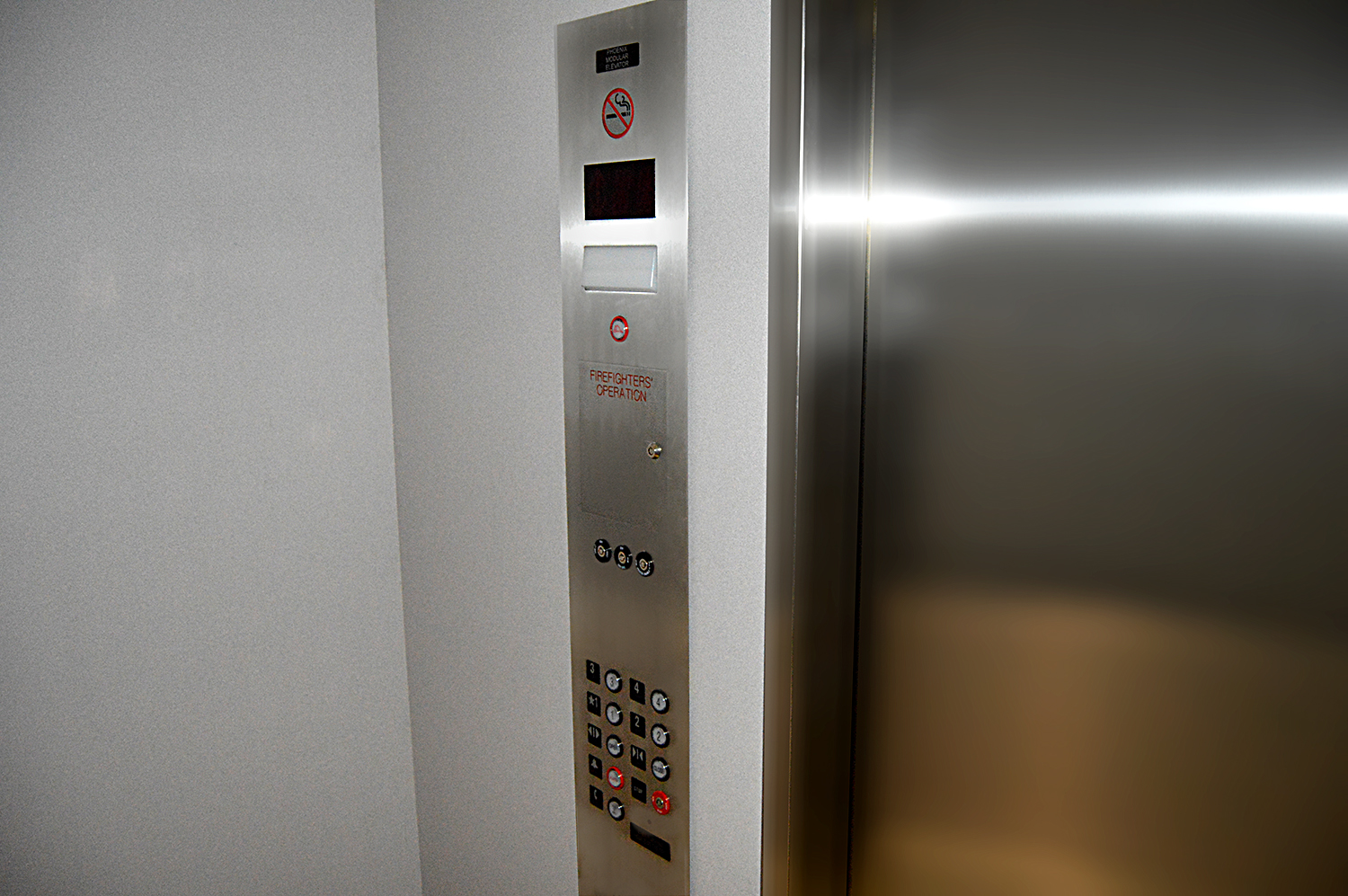Modular Ready
September 8, 2017Timeline Modular Elevator
September 14, 2017More than Magic – Elevator Technician Checklist

The elevator technician checks in at the office on the routine maintenance stop and then disappears for quite some time. You may see the tech coming and going but, more often than not, he seems almost Mercurial in his appearing and disappearing. This leads many to wonder if another dimension exists beyond the walls of the hoistway or what tricks he may have up his sleeve and, if this is not the case, what exactly is going on between appearances or short walks to the service van.
Turns out, most of the time spent is not actually turning wrenches, but checking the elevator from head to toe or the top of the hoistway to the pit. All elevator technicians or their companies should be able to provide you with a comprehensive list of the things they look at and do every time they show up for routine maintenance.
If you have not been provided with a comprehensive list, then ask for a copy; they should be more than willing to show you what they have been checking and where they keep the maintenance record book.
Keep in mind some of the records, including maintenance records, can now be electronic according to the American Society of Mechanical Engineers – Safety Code for Elevators and Escalators, but clear instructions for access are required. Although the maintenance book will not cover all of the items examined, it is a good indicator of what is done regarding specific tasks, observations, or adjustments conducted during the visit.
The records are important because they are often the first place that problems show up and can establish a pattern of a problem on the horizon. The records can give the tech a necessary resource when trouble shooting or tracking down problems with the elevator.
The Elevator Technician Checklist
So, here we go with a good, general list of a hydraulic elevator’s needed maintenance:
- The door-close force. If they close too hard, it can cause injury.
- Stopping accuracy to the floor level. This helps prevent trips and falls when entering and exiting the car.
- Car stop switches, signal, buttons, and optional switches–do they all work properly?
- Top-of-car operation, including the work light and work station–do all the switches up top work?
- Car door and/or gate equipment–is there any wear and tear that needs addressing?
- Car top, including guide shoes or roller guides, for unusual wear.
- Lubrication of the guide rail.
- Leveling devices and hardware. Again, safety first.
- Hoistway doors tracks, gears and locks–are they all operating smoothly, with no obvious wear?
- Clean and inspect the car top of debris. This can be an indicator of unwanted activity, mechanical or otherwise. Has the hatch been accessed?
- Pit lighting and stop switch, the GFI outlet should be checked. Signs of corrosion and the buffer springs should be examined.
- Sump pump tested and cleaned, where needed.
- Oil recovery–how much oil has been lost and were leaks found?
- The hydraulic jacks and the packing–are there any leaks or unusual vibrations to be concerned with?
- The bottom of the elevator car. Roller guides or shoes for smooth operation and examine the traveling cable for cuts or too much tension.
- Cleaning and inspecting the pit–are there water or hydraulic oil issues? Metal or nylon shavings? Debris that shows unauthorized access or mechanical problems?
- Oil level–make sure you are within operating parameters.
- Oil leaks around the tank and or piping.
- Connections for the motor. All wiring needs to be examined.
- Battery lowering.
- Clean and inspect the machine room. Are there any signs of leaks, improper use, a clear path to the tank, and work area. Remove any extraneous items that do not relate to elevator operation.
But this is just part of the elevator. The technician also needs to pay special attention to the elevator car. The car should be examined for damage to the walls, floor, and ceiling. If there is damage, it should be reported, especially if the damage can cause a hazard; for instance, torn carpeting can create a trip danger.
Additional Checks
All of the position indicator lights need to be in good working order and any burned out bulbs should be replaced. Also, the door restrictor should be checked for proper working condition. The buttons need to be checked for functionality making sure they do not stick or have light bulbs out.
Outside of the elevator, the hall stations should be checked for light bulbs and the door opening and closing should be smooth with consistent clearances. The fire service box should also be checked for functionality.
Once the inspection is completed, a written report with recommendations, if any, should be noted. All the comings and goings suddenly make sense and are not attributed to some astral plain or other dimension and certainly not in a false floor used by magicians. There is a reason for the time it takes for elevator maintenance, if it’s done right.



